Home>Garden Essentials>When To Plant Seed Packet
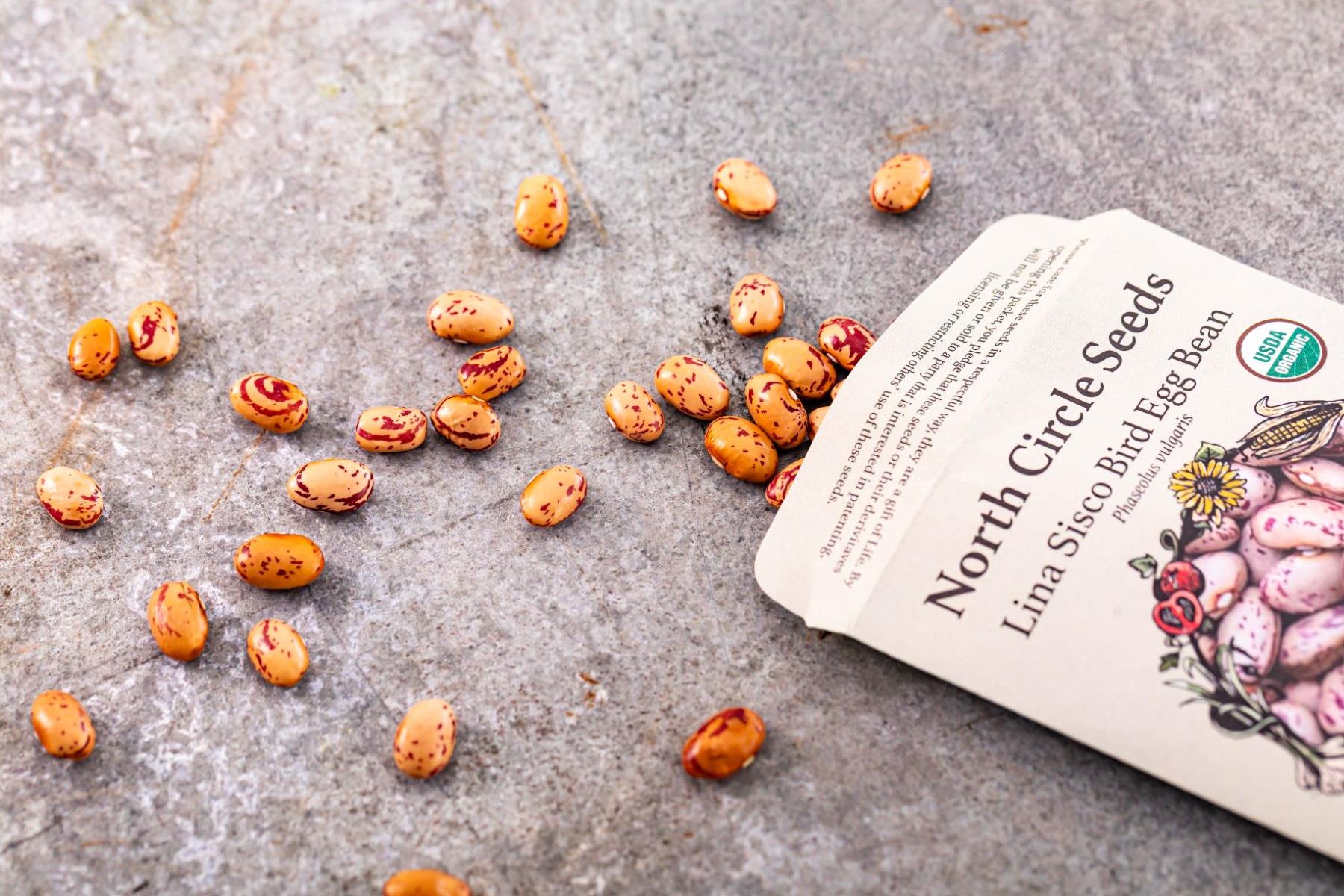

Garden Essentials
When To Plant Seed Packet
Modified: March 15, 2024
Discover the best time to plant your garden seeds with our comprehensive seed packet guide. Find expert advice on when to sow and grow for a successful garden harvest.
(Many of the links in this article redirect to a specific reviewed product. Your purchase of these products through affiliate links helps to generate commission for Storables.com, at no extra cost. Learn more)
Introduction
When it comes to gardening, one of the most exciting and rewarding aspects is starting from seeds. Whether you are a seasoned green thumb or just beginning your gardening journey, seed packets are essential tools for successful plant cultivation. Understanding when to plant seeds is crucial for their germination and growth, as different plants have different requirements for optimal development.
In this article, we will delve into the world of seed packets and explore the factors that affect planting time. We will discuss the specific planting times for annual, perennial, biennial, vegetable, flower, herb, and native seeds. By the end of this article, you will have a comprehensive understanding of when to plant different types of seeds, enabling you to plan your garden with confidence.
Key Takeaways:
- Planting time for seeds varies based on climate, frost dates, and daylight hours. Understanding these factors ensures successful germination and healthy growth for a diverse array of plants in your garden.
- Seed packets provide valuable information on ideal planting times and growing conditions. By following the instructions on the packet, you can nurture your seeds to thrive and create a vibrant, bountiful garden.
Understanding Seed Packets
Before diving into the specifics of when to plant seeds, let’s take a moment to understand the valuable information found on seed packets. Seed packets serve as a treasure trove of knowledge, providing essential details that will guide you through the planting process.
Typically, the front of a seed packet displays a vibrant image of the plant, giving you a glimpse of what the mature plant will look like. This visual representation not only adds a touch of beauty but also helps you quickly identify the seeds you are working with.
On the back of the packet, you will find crucial information such as the name of the plant, the botanical name, and the variety. It is essential to pay close attention to the variety, as different varieties of the same plant may have varying planting requirements.
Another important aspect of seed packets is the suggested planting time. This information is usually given in terms of the appropriate season or month to sow the seeds. Additionally, you will find guidance on the germination period, which indicates how long it will take for the seeds to sprout and emerge from the soil.
Seed packets also provide valuable insight into the ideal growing conditions for the plant. This includes requirements for sunlight, water, soil type, and any specific care instructions. By following these guidelines, you can create an environment that promotes healthy growth and maximizes the chances of success.
It is worth mentioning that seed packets may vary slightly in format and information provided, depending on the seed supplier. However, the core information mentioned above will generally be present.
Now that we have a basic understanding of seed packets, let’s explore the factors that influence when to plant seeds.
Factors Affecting Planting Time
Several important factors influence the optimal planting time for different types of seeds. Understanding these factors will help you determine the most suitable time to sow your seeds and give them the best chance of thriving.
1. Climate: The climate in your region plays a significant role in determining planting time. Seeds need specific temperature and weather conditions to germinate successfully. Some plants thrive in cool weather, while others prefer warmer temperatures. Pay attention to your local climate and the plant’s preferred climate range to determine the best planting time.
2. Frost dates: Frost can be detrimental to seeds and young plants. It is crucial to know the average date of the last frost in your area. Sowing seeds before the last frost date can result in damage or slow growth. Conversely, some plants require a period of cold stratification and need to be sown before the first frost to mimic their natural growth cycle.
3. Daylight hours: The length of daylight hours in a day affects plant growth and development. Some seeds require longer daylight hours to germinate and thrive, while others prefer shorter days. Researching the specific light requirements for your seeds will ensure you sow them at the optimal time.
4. Soil temperature: Seeds rely on the soil temperature to initiate germination. Each plant species has an ideal soil temperature range for germination. Planting too early when the soil is still cold can lead to low germination rates, while planting too late when the soil is too warm can hinder growth. Use a soil thermometer to gauge the temperature and determine the appropriate sowing time.
5. Growing season length: Understanding the length of your growing season is essential for determining when to plant seeds. Different plants require different lengths of time to mature and produce a harvest. Choose seeds that have a realistic chance of fully maturing within your growing season.
By considering these factors and conducting research on specific plant requirements, you can determine the optimal planting time for your seeds. Let’s now explore the recommended planting times for various types of seeds.
Planting Time for Annual Seeds
Annual seeds are plants that complete their life cycle within a year. They germinate, grow, flower, produce seeds, and then die off all in one growing season. The planting time for annual seeds typically depends on your climate and frost dates. Here are some general guidelines for planting annual seeds:
- Warm-Season Annuals: Seeds of warm-season annuals, such as tomatoes, peppers, and zinnias, should be sown after the danger of frost has passed and the soil has warmed up. Typically, this is done in late spring or early summer when the soil temperature is consistently above 60°F (15°C).
- Cool-Season Annuals: Certain annuals, like pansies, snapdragons, and calendulas, prefer cooler temperatures. These seeds are best sown in early spring or late summer/early fall, when the soil temperature ranges between 40°F (4°C) and 70°F (21°C).
- Direct Sowing vs. Indoor Sowing: Some annual seeds, like sunflowers and marigolds, can be directly sown into the garden bed after the last frost date. However, others, like petunias and impatiens, benefit from an early start indoors and are transplanted outdoors after the danger of frost has passed. Follow the instructions on the seed packet for specific sowing recommendations.
Remember to provide proper watering and sunlight as needed, and consider succession planting to prolong the blooming period of your annual flowers.
Next, let’s explore the planting time for perennial seeds and learn how to establish long-lasting plants in our garden.
Planting Time for Perennial Seeds
Perennial plants are a wonderful addition to any garden, as they come back year after year, providing beauty and enjoyment. When it comes to planting perennial seeds, timing is crucial to ensure successful establishment and long-term growth. Here are some key points to consider:
- Cold Stratification: Many perennial seeds benefit from a period of cold stratification, which mimics the natural winter conditions they would experience in their native habitats. This process helps break seed dormancy and improves germination rates. Before sowing, refrigerate the seeds in a moist medium for a few weeks or follow the instructions on the seed packet for specific durations.
- Fall Planting: Fall is an ideal time for sowing perennial seeds in moderate to cold climates. By planting in the fall, the seeds undergo natural stratification during winter and germinate as spring arrives. This gives them a head start before the onset of summer heat. Be sure to sow the seeds several weeks before the first anticipated frost to allow them enough time to establish their root systems.
- Spring Planting: In regions with mild or warm winters, spring can be the preferred time for sowing perennial seeds. Wait until the soil temperature rises above 50°F (10°C) consistently to ensure successful germination. Early spring is typically the best time, allowing the plants to establish themselves before the heat of summer arrives.
- Indoor Sowing: Some perennial seeds benefit from an indoor start, especially those with slower germination rates or more delicate seedlings. Sow the seeds indoors in seed trays or containers a few months before the desired planting time. Transplant the seedlings into the garden in the appropriate season when the weather conditions are favorable.
Proper care and maintenance, including regular watering and adequate sunlight, are necessary to support the growth of perennial plants. It’s also important to note that perennial plants may take a few years to reach their full maturity and bloom consistently.
Now that we’ve covered the planting time for perennials, let’s explore the unique characteristics and planting recommendations for biennial seeds.
Read more: When To Plant Strawflower Seeds
Planting Time for Biennial Seeds
Biennial plants have a unique life cycle that spans two years. In the first year, they grow foliage and establish a strong root system. In the second year, they flower, set seeds, and complete their life cycle. When it comes to planting biennial seeds, proper timing ensures successful growth and blooming. Here’s what you need to know:
- First Year: Vegetative Growth: In the first year, biennial seeds focus on developing strong root systems and foliage. Sow the seeds in early spring or late summer, allowing ample time for the plants to establish healthy roots before winter. Ensure they receive the necessary sunlight, water, and nutrient requirements to promote vigorous growth.
- Overwintering: Biennial plants require a period of winter dormancy to trigger the flowering process. In colder regions, the plants should be protected during winter by mulching or covering with a frost cloth. This safeguards them from extreme cold temperatures and helps them survive until the following year.
- Second Year: Flowering and Seed Production: As the second year approaches, biennial plants begin to produce flower stalks and blooms. The exact timing can vary depending on the specific plant and its growing conditions. Most biennials flower in late spring or early summer of the second year. Once the flowers fade, they will set seeds, completing their life cycle.
- Self-Seeding: Biennials have the unique ability to self-seed. This means that after the plants set seeds, the seeds will drop onto the soil and germinate to produce new plants in subsequent years. Allow some of the seed heads to mature and scatter the seeds naturally, or collect the seeds and sow them in desired areas to establish new biennial plants.
Proper care and maintenance, including regular watering, adequate sunlight, and pruning as needed, will support the growth and blooming of biennial plants. Remember that the timing for planting biennial seeds may vary slightly depending on the specific plant, so consult the seed packet and follow any specific instructions provided.
Next, let’s explore the planting time for vegetable seeds and discover how to grow your own delicious and nutritious crops.
Plant seed packets according to the recommended planting time on the packet. This information will vary depending on the type of plant and your location. Follow the instructions for best results.
Planting Time for Vegetable Seeds
Planting vegetables from seeds allows you to experience the full journey of growth and harvest. Knowing the appropriate planting time for vegetable seeds is essential for a bountiful and successful vegetable garden. Here are some general guidelines to follow:
- Frost-Tolerant Vegetables: Vegetables that can withstand frost, such as radishes, peas, and kale, can be sown directly into the garden as soon as the soil can be worked in early spring. These crops thrive in cooler temperatures and can withstand a light frost without damage.
- Warm-Season Vegetables: Warm-season vegetables like tomatoes, peppers, and cucumbers require warm soil and temperatures to germinate and grow successfully. Wait until all danger of frost has passed, and the soil temperature has reached around 60°F (15°C) before sowing these seeds. In most regions, this is usually in late spring or early summer.
- Indoor Start: Some vegetable seeds benefit from an early start indoors. Plants like tomatoes, peppers, and eggplants have relatively long growing seasons, so starting the seeds indoors 6-8 weeks before the last frost date gives them a head start. Transplant the seedlings outdoors when the soil and air temperatures are consistently warm.
- Succession Planting: To extend your vegetable harvest, consider succession planting. This involves sowing seeds in intervals or stages to ensure a continuous supply of fresh vegetables throughout the season. For example, you can sow lettuce seeds every couple of weeks to ensure a constant harvest rather than a single big harvest.
- Fall Planting: In regions with mild winters, you can take advantage of the cooler temperatures and plant certain vegetables in late summer for a fall harvest. Vegetables like carrots, beets, and cabbage can thrive in the cooler weather and offer a delicious harvest in autumn.
Remember to follow the specific instructions on the seed packet for each vegetable variety, as planting times can vary depending on the specific cultivar and your local climate. Proper care, including regular watering, adequate sunlight, and timely pest and disease management, will ensure healthy and productive vegetable plants.
Now that we’ve covered vegetable seeds, let’s explore the planting time for flower seeds and discover how to create a vibrant and colorful garden.
Planting Time for Flower Seeds
Flowers bring beauty, color, and fragrance to our gardens, and planting flower seeds allows us to cultivate a diverse and vibrant display. Knowing the optimal planting time for flower seeds is essential to ensure successful germination and stunning blooms. Here are some general guidelines to help you plan your flower garden:
- Annual Flowers: Annual flowers complete their life cycle in one growing season. Sow the seeds of warm-season annuals, such as marigolds, zinnias, and cosmos, after the last frost date, when soil temperatures have warmed up. For cool-season annuals like pansies and snapdragons, sow the seeds in early spring or late summer.
- Perennial Flowers: Perennial flowers, which return year after year, should be sown in either fall or early spring. Some perennial seeds may benefit from a period of cold stratification before sowing to break dormancy. Research the specific requirements for the perennial flowers you intend to grow and follow the instructions on the seed packet accordingly.
- Biennial Flowers: Biennial flowers, such as foxgloves and sweet William, have a two-year life cycle. Sow the seeds in early spring or late summer to allow the plants to establish their roots in the first year and flower in the second year.
- Direct Sowing vs. Indoor Start: Some flower seeds can be directly sown into the garden, while others benefit from an early start indoors. Delicate or slower-growing flowers may require indoor sowing to ensure they have enough time to reach maturity. Follow the instructions on the seed packet for specific recommendations.
- Wildflowers and Native Flowers: If you’re planning to sow wildflowers or native flowers, consider the specific requirements of your region’s native species. Research the optimal planting time for these flowers, as it may vary depending on the local climate and the specific plants you choose.
Proper care for your flower seeds, including consistent watering, adequate sunlight, and regular fertilization, will support healthy growth and abundant blooms. Deadheading spent flowers and providing appropriate support, such as stakes or trellises, can also help maintain the beauty and longevity of your flower garden.
Now that we’ve covered flower seeds, let’s explore the planting time for herb seeds and discover how to create a flavorful and aromatic herb garden.
Planting Time for Herb Seeds
Herbs are a wonderful addition to any garden, offering a plethora of aromas, flavors, and medicinal properties. Planting herb seeds allows you to have a fresh and abundant supply of herbs for culinary and other purposes. Here’s an overview of the planting time for herb seeds:
- Annual Herbs: Annual herbs like basil, cilantro, and dill are quick-growing plants. Sow the seeds directly into the garden after the last frost date, once the soil has warmed up. These herbs thrive in warm temperatures and require full sun to flourish.
- Perennial Herbs: Perennial herbs such as thyme, rosemary, and sage provide a consistent supply of fresh herbs year after year. The planting time for perennial herbs can vary depending on your climate. In colder regions, it’s best to sow perennial herb seeds in early spring, while in milder regions, you can plant them in spring or fall.
- Indoor Start: Some herb seeds benefit from an early start indoors, especially those with slower germination or delicate seedlings. Start these seeds indoors in seed trays or containers a few weeks before the last frost date. Once the weather conditions are favorable, transplant the seedlings into the garden.
- Succession Planting: For herbs that are harvested frequently, like basil and cilantro, consider succession planting. Sow small batches of seeds every few weeks to ensure a steady supply of fresh herbs throughout the growing season. This helps prevent the plants from bolting and ensures a continuous harvest.
- Herbaceous Perennials: Some herbs, such as mint, oregano, and chives, spread vigorously and can become invasive in the garden. To control their growth and spread, consider planting them in containers or use barriers in the garden to prevent their roots from spreading uncontrollably.
Herbs are generally low-maintenance plants but still require proper care, including regular watering, well-drained soil, and adequate sunlight. Pruning or harvesting herbs regularly promotes bushy growth and ensures a continuous supply of fresh leaves.
Now that we’ve covered herb seeds, let’s explore the planting time for native seeds and discover how to create a garden that supports local biodiversity.
Read more: When To Plant Seeds In A Greenhouse
Planting Time for Native Seeds
Planting native seeds is a great way to support local biodiversity and create a garden that is harmonious with the natural ecosystem of your region. Native plants are adapted to the local climate, soil, and wildlife, making them resilient and beneficial to local flora and fauna. Here are some key considerations for planting native seeds:
- Research Local Native Plants: Before selecting native seeds, research the native plants that are indigenous to your region. Identify the species that are suitable for your specific climate, soil conditions, and available sunlight. Local plant nurseries, native plant societies, or gardening resources can provide valuable information and resources.
- Planting Time Variations: Native plants have varying planting time requirements depending on their specific characteristics. Some seeds can be planted in the fall, while others are best sown in the spring. Consider the natural growth cycles of the native plant species you choose and follow the recommended planting time for each one.
- Understanding Seed Dormancy: Some native seeds may have natural dormancy mechanisms that require specific conditions, such as a period of cold stratification, to break dormancy and promote germination. Research the seed specifics or consult with local experts to ensure you provide the necessary conditions for successful germination.
- Creating Native Seed Mixes: Mixing different native seeds together can create diverse and visually appealing landscapes while supporting local biodiversity. Be mindful of the specific ecological requirements of each species in your seed mix and select plants that are compatible in terms of light, moisture, and soil conditions.
- Patient Establishment: Native plants may take longer to establish compared to other types of seeds. Be patient and provide the necessary care, including watering and weeding, during the establishment period. As the native plants develop a strong root system, they will become more resilient and self-sustaining in your garden.
Planting native seeds not only benefits the local ecosystem but also reduces the need for excessive maintenance, watering, and chemical interventions. Native plants are adapted to the local environment and often require less care once established.
It’s important to note that native plants may attract local wildlife, such as pollinators and birds, contributing to a thriving and balanced ecosystem in your garden.
Now that we’ve covered planting native seeds, let’s summarize the main points and conclude our article.
Conclusion
Understanding when to plant seed packets is crucial for successful gardening and maximizing the potential of your plants. By considering factors such as climate, frost dates, daylight hours, soil temperature, and growing season length, you can determine the optimal planting time for different types of seeds.
Whether you’re planting annuals, perennials, biennials, vegetables, flowers, herbs, or native seeds, each type has its unique requirements for planting time. It’s important to refer to the information provided on the seed packet, which includes specific instructions tailored to the particular plant variety.
By sowing seeds at the right time, you promote healthier growth and improve the chances of successful germination and establishment. This enables you to enjoy a garden filled with a diverse array of plants, from vibrant flowers to savory herbs and delicious vegetables.
Additionally, understanding seed packets themselves and the information they provide is essential. From identifying plant varieties and images to learning about ideal growing conditions and care instructions, seed packets are valuable tools that guide you on your gardening journey.
As you plant and nurture your seeds, remember to provide proper care, including watering, sunlight, and maintenance. Regular monitoring of your plants’ progress, timely pruning, and addressing any potential issues will help ensure their continued health and productivity.
Gardening is an ongoing learning experience, and each season provides a chance to refine your skills and expand your knowledge. Embrace the joy of growing plants from seeds, explore new varieties, and experiment with different techniques to discover what works best for your garden.
So, seize the opportunity to connect with nature, bring life to your surroundings, and create a space that brings you joy, beauty, and an abundance of fresh produce and fragrant blooms.
Happy planting!
Frequently Asked Questions about When To Plant Seed Packet
Was this page helpful?
At Storables.com, we guarantee accurate and reliable information. Our content, validated by Expert Board Contributors, is crafted following stringent Editorial Policies. We're committed to providing you with well-researched, expert-backed insights for all your informational needs.
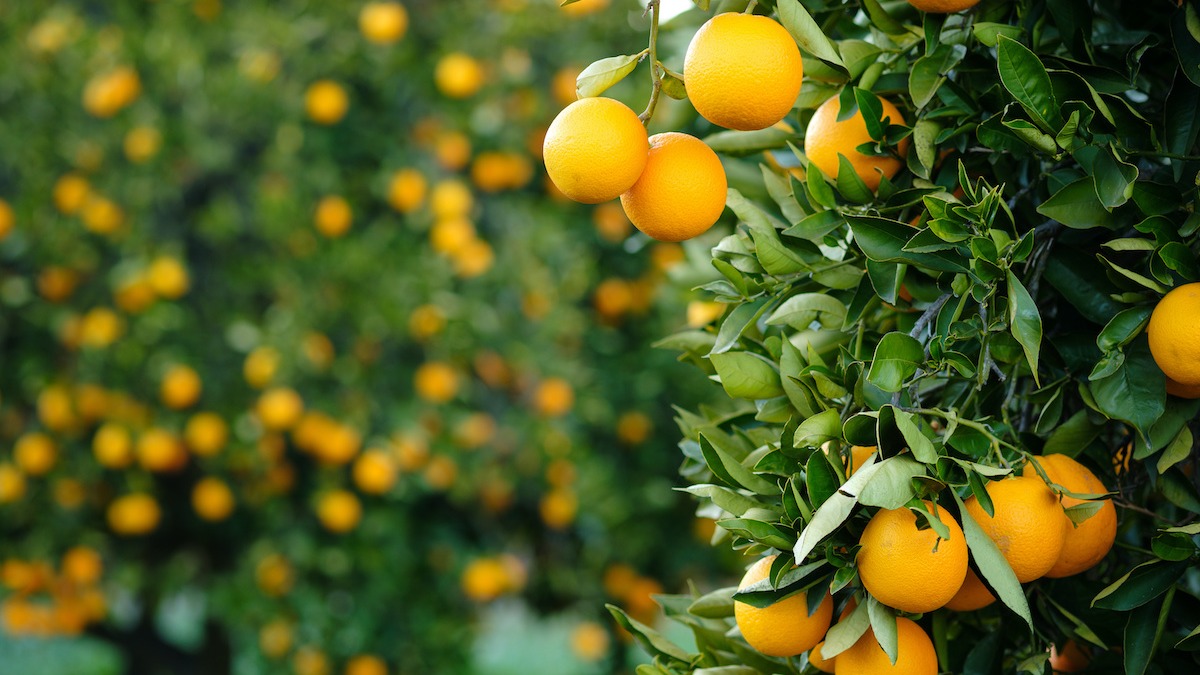
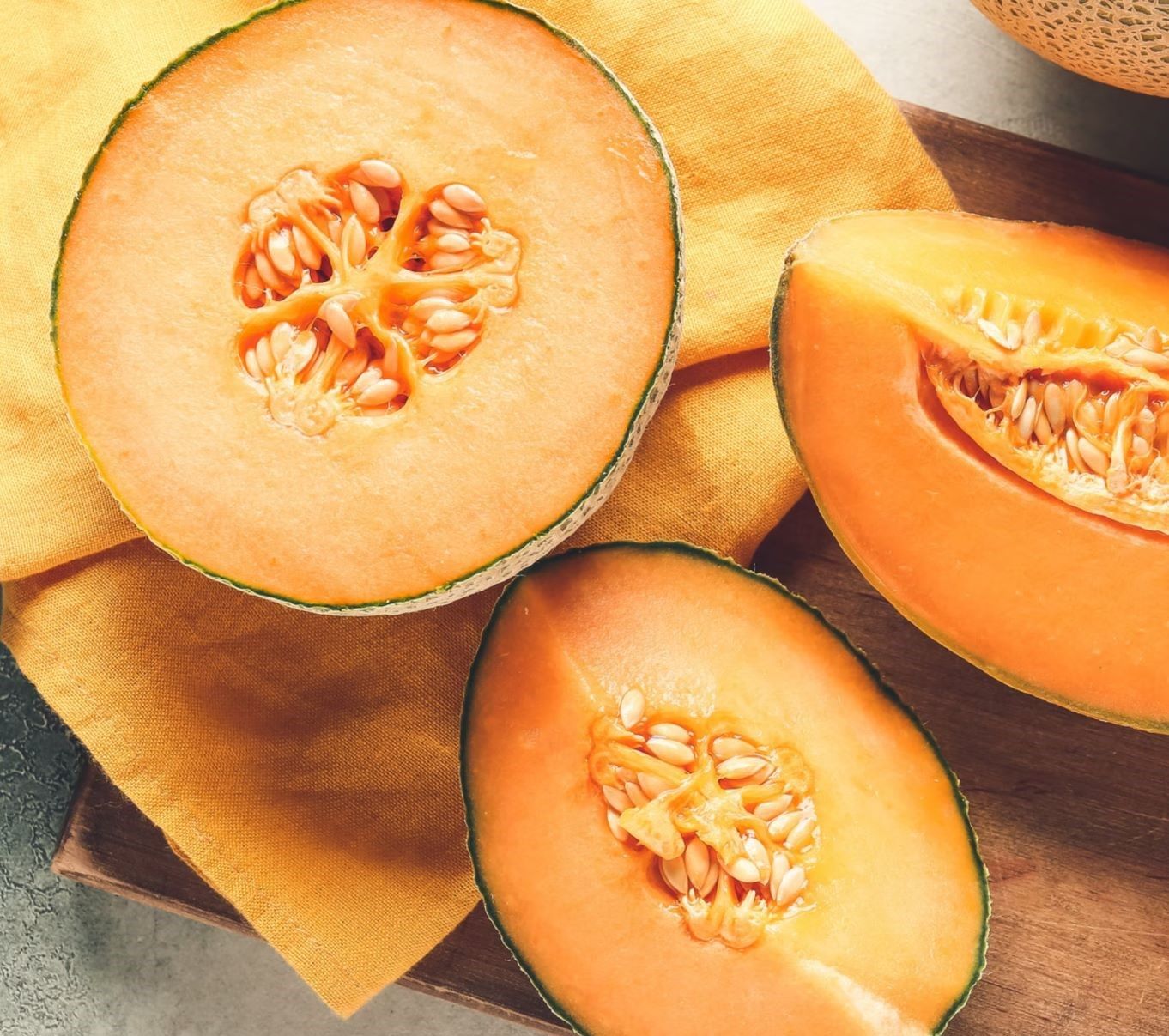
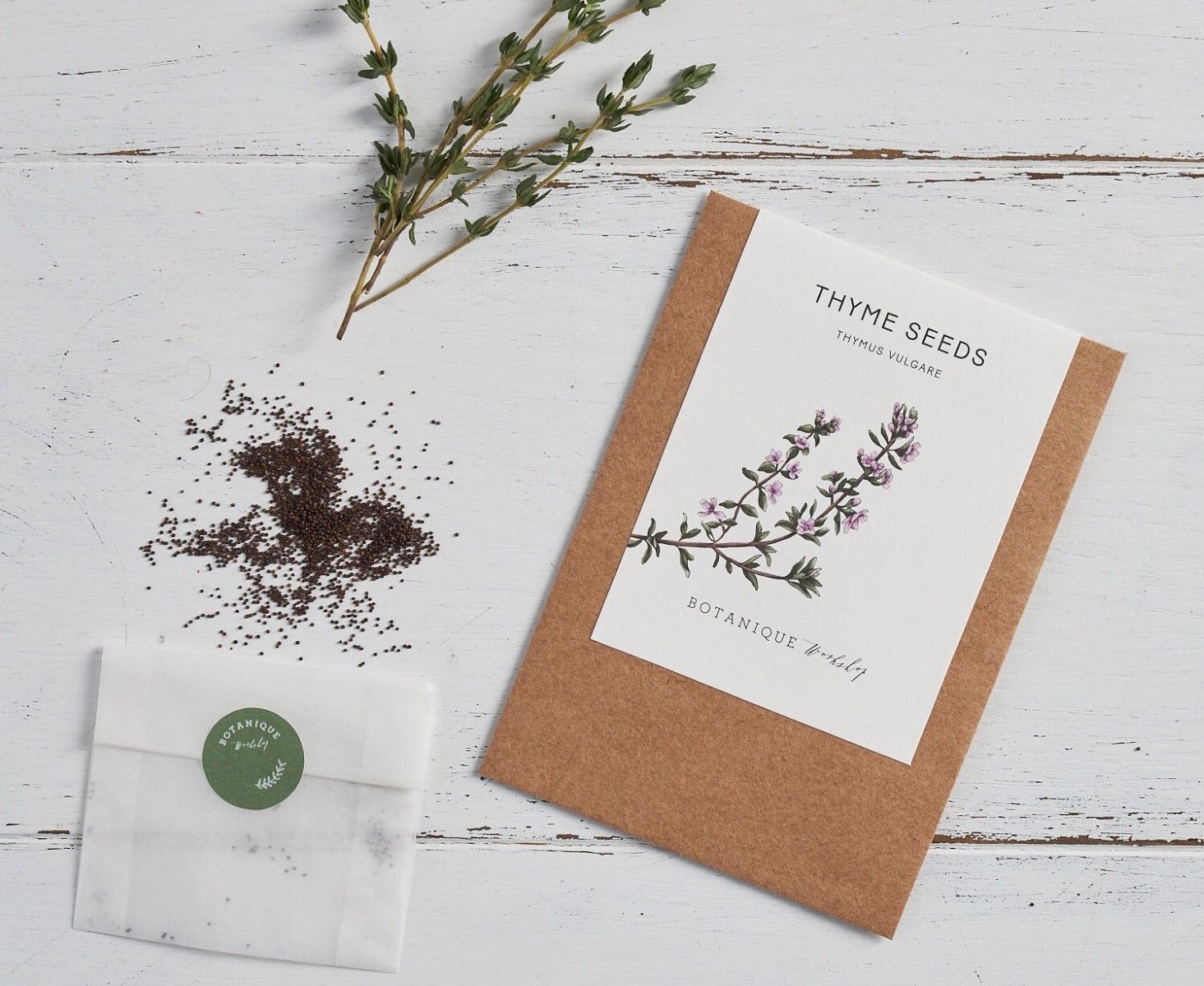
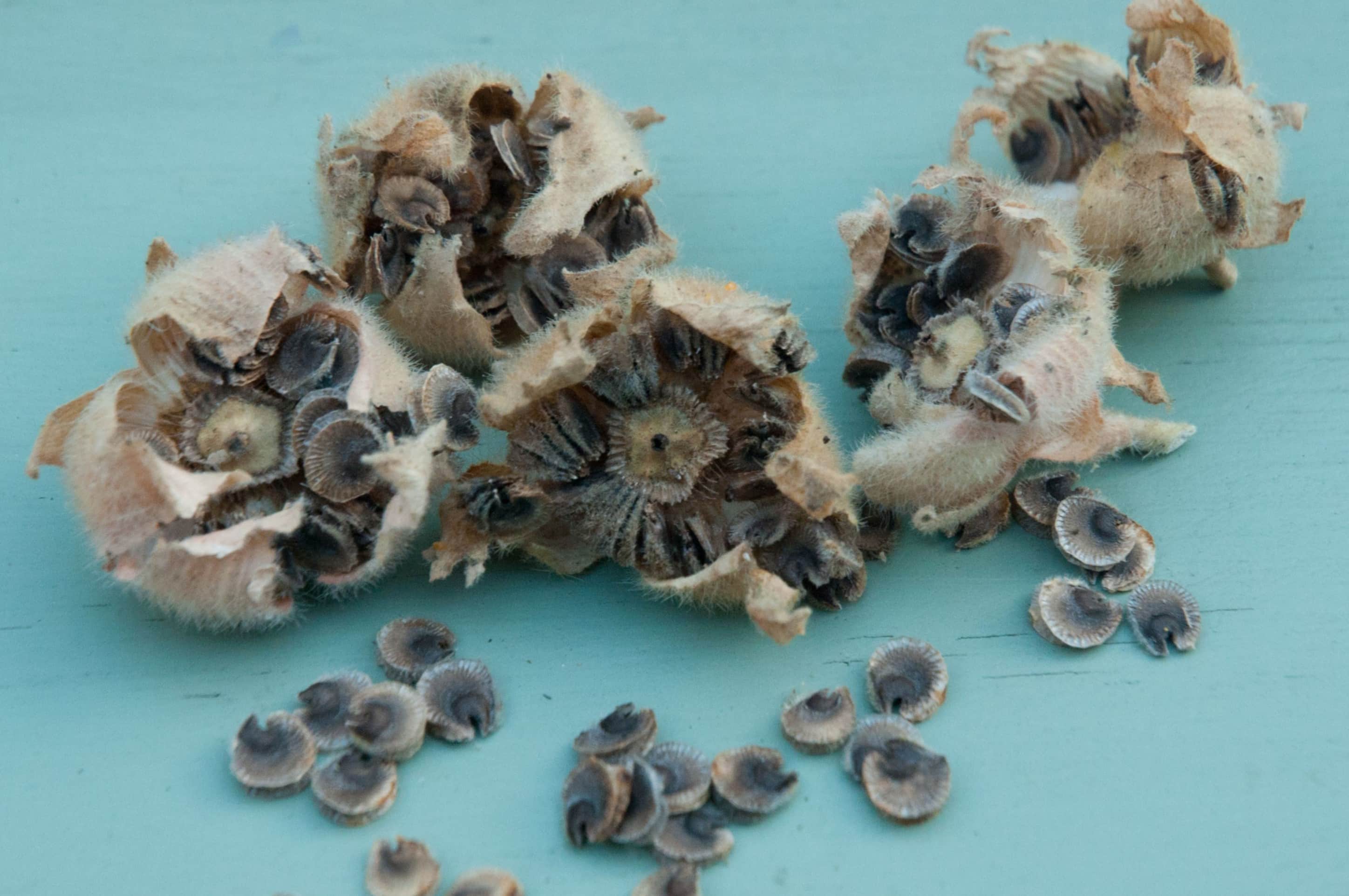
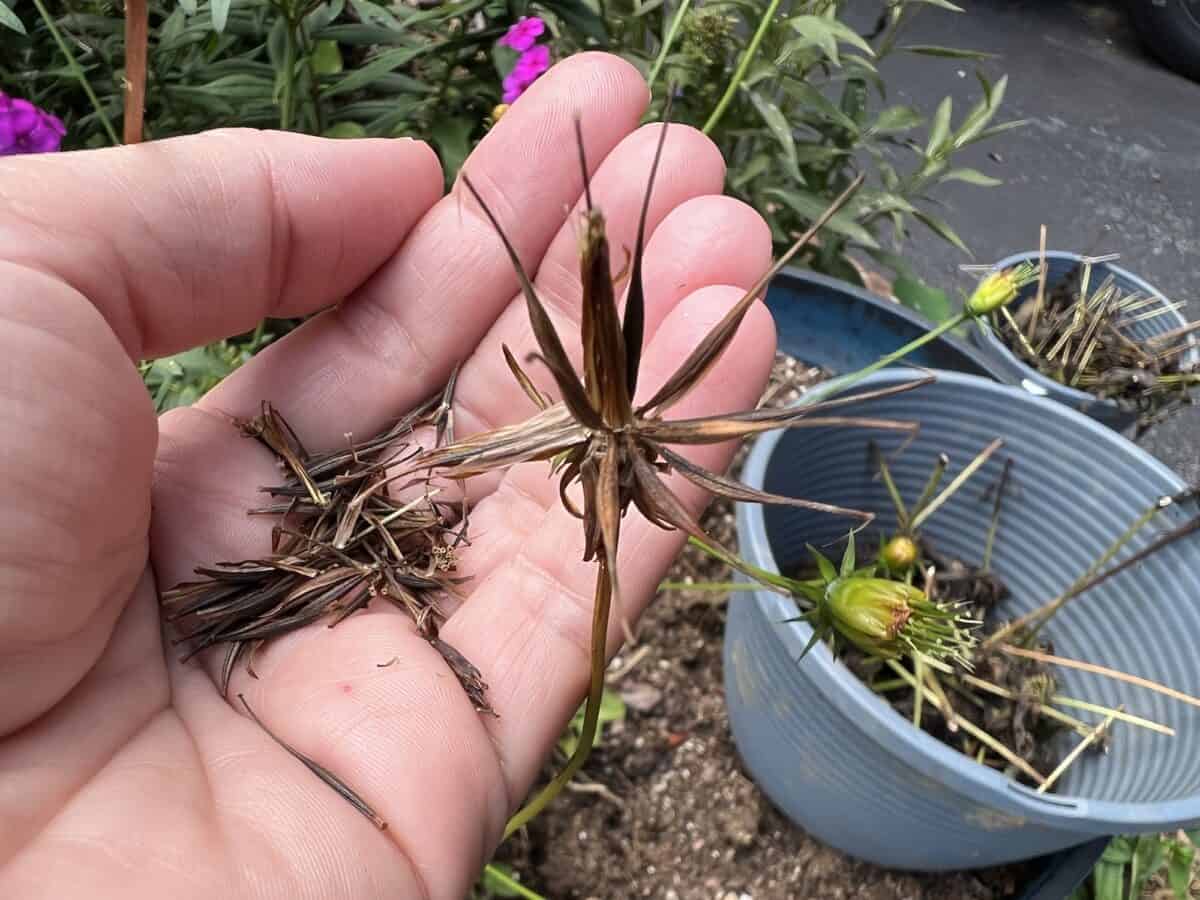
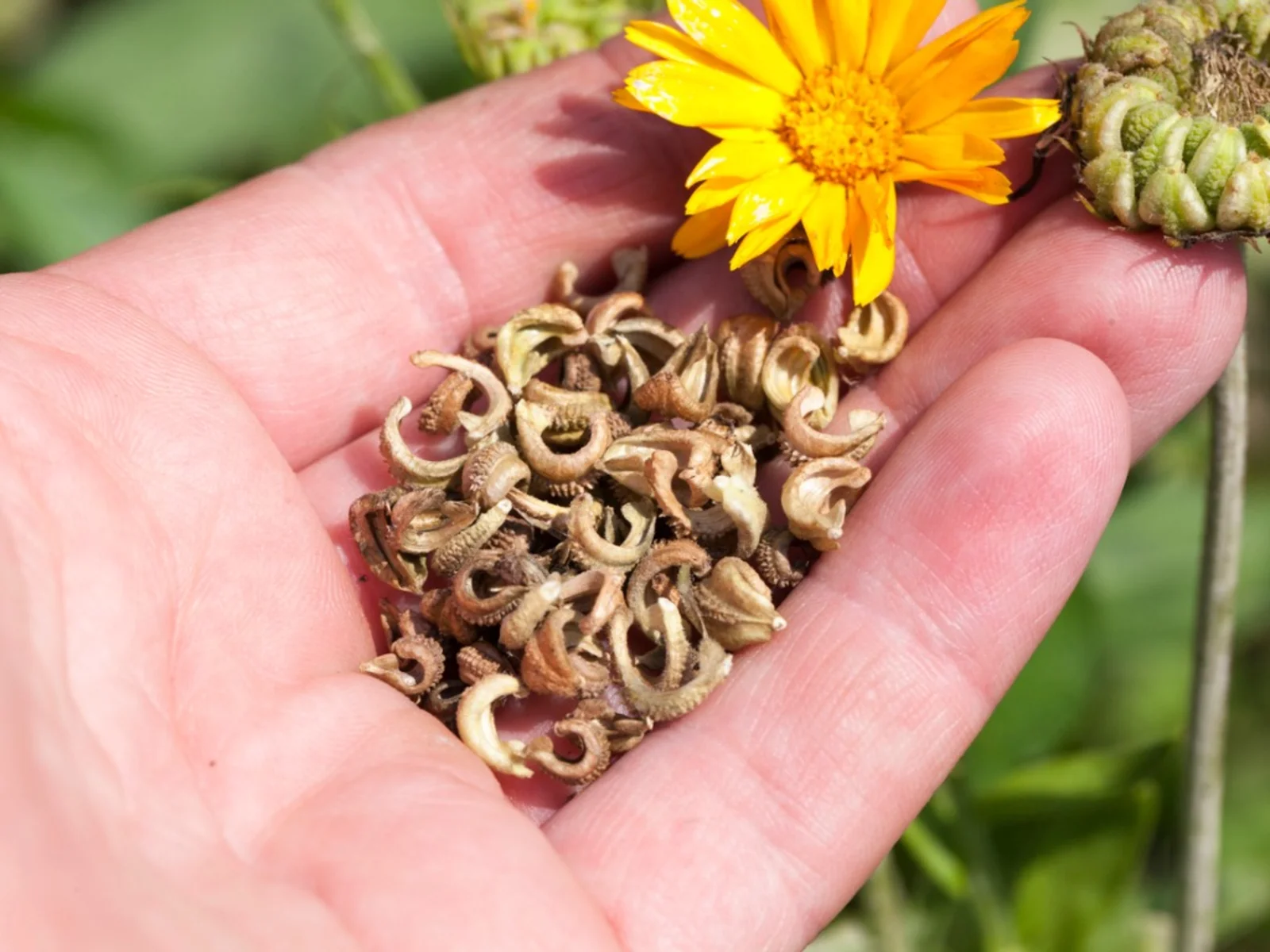
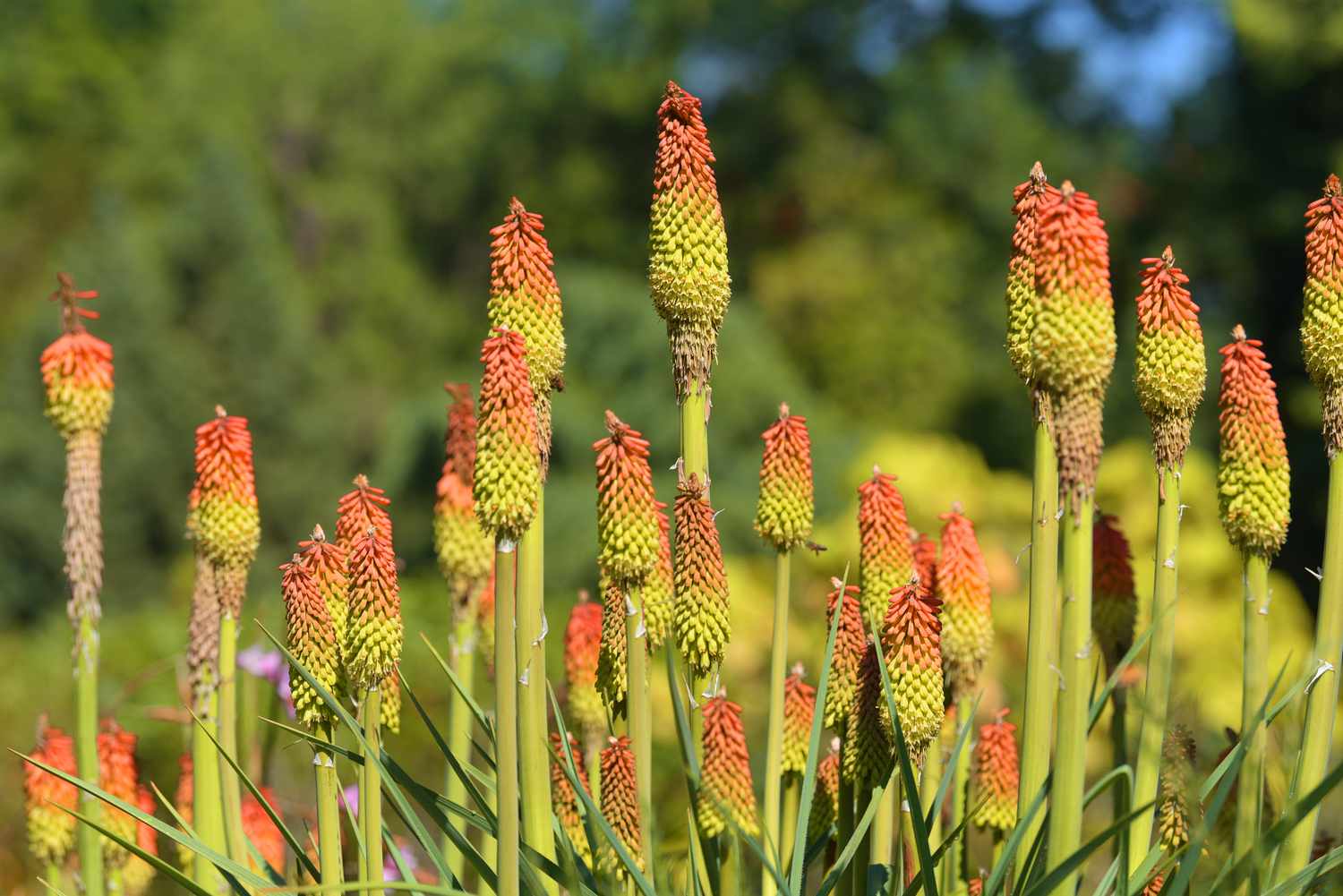
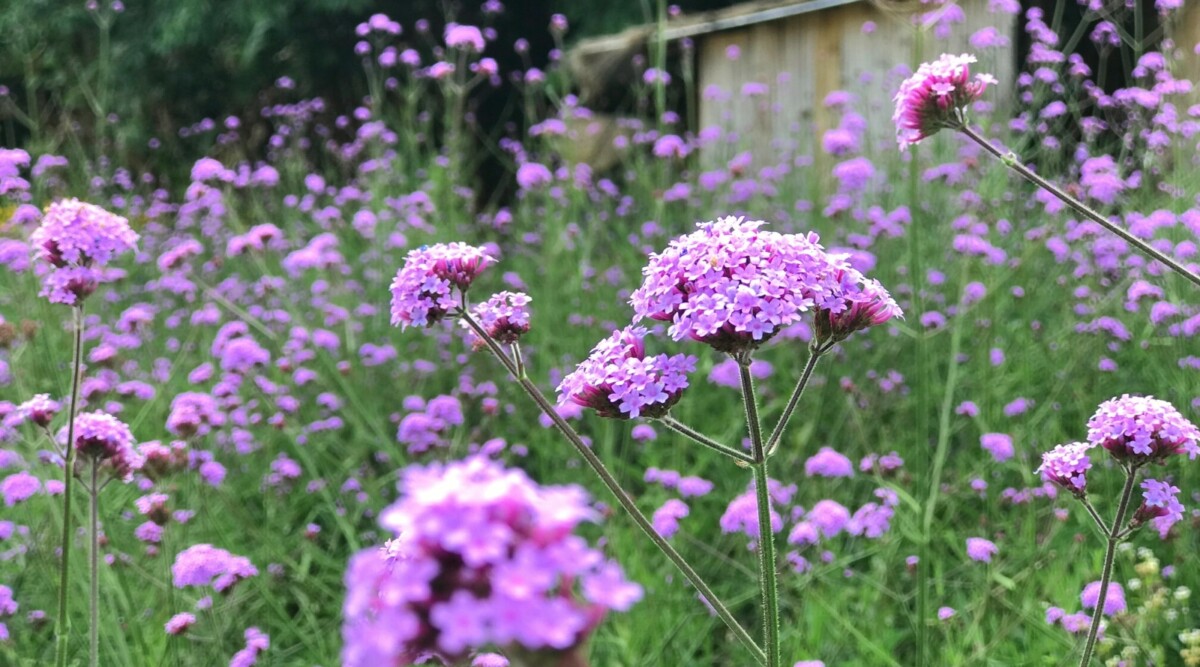
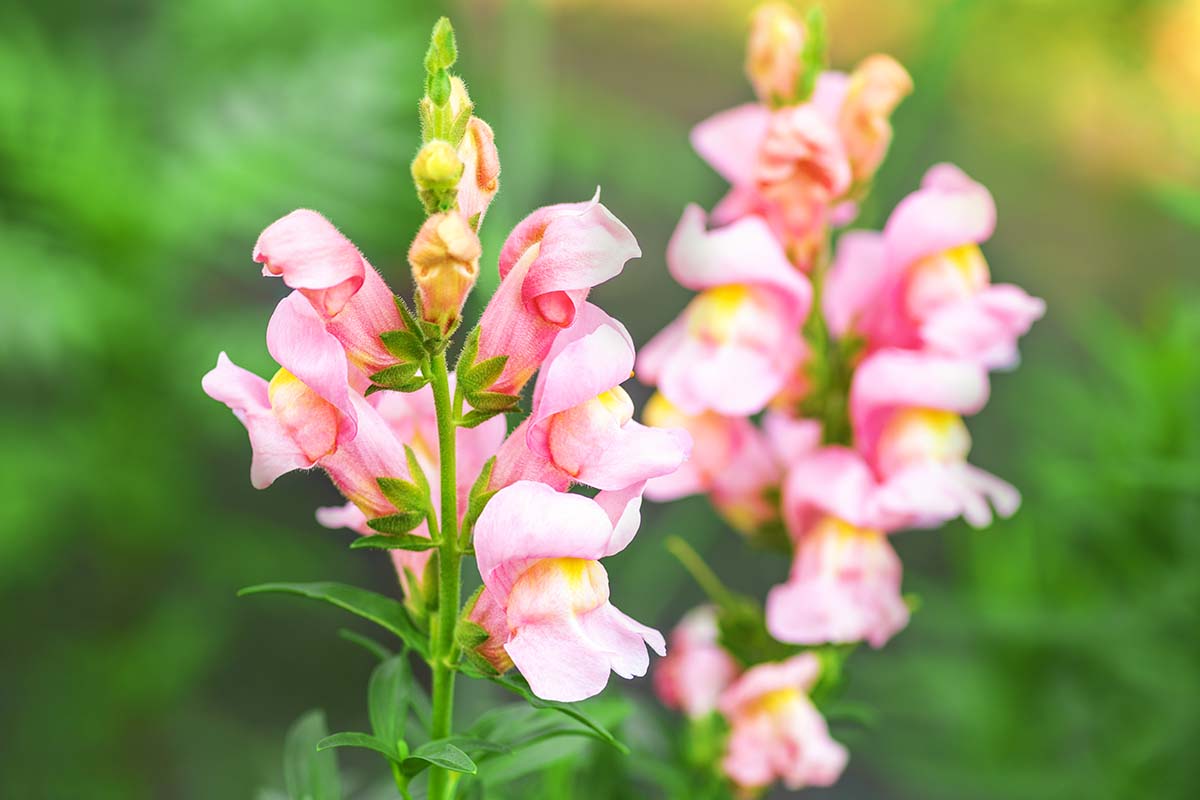
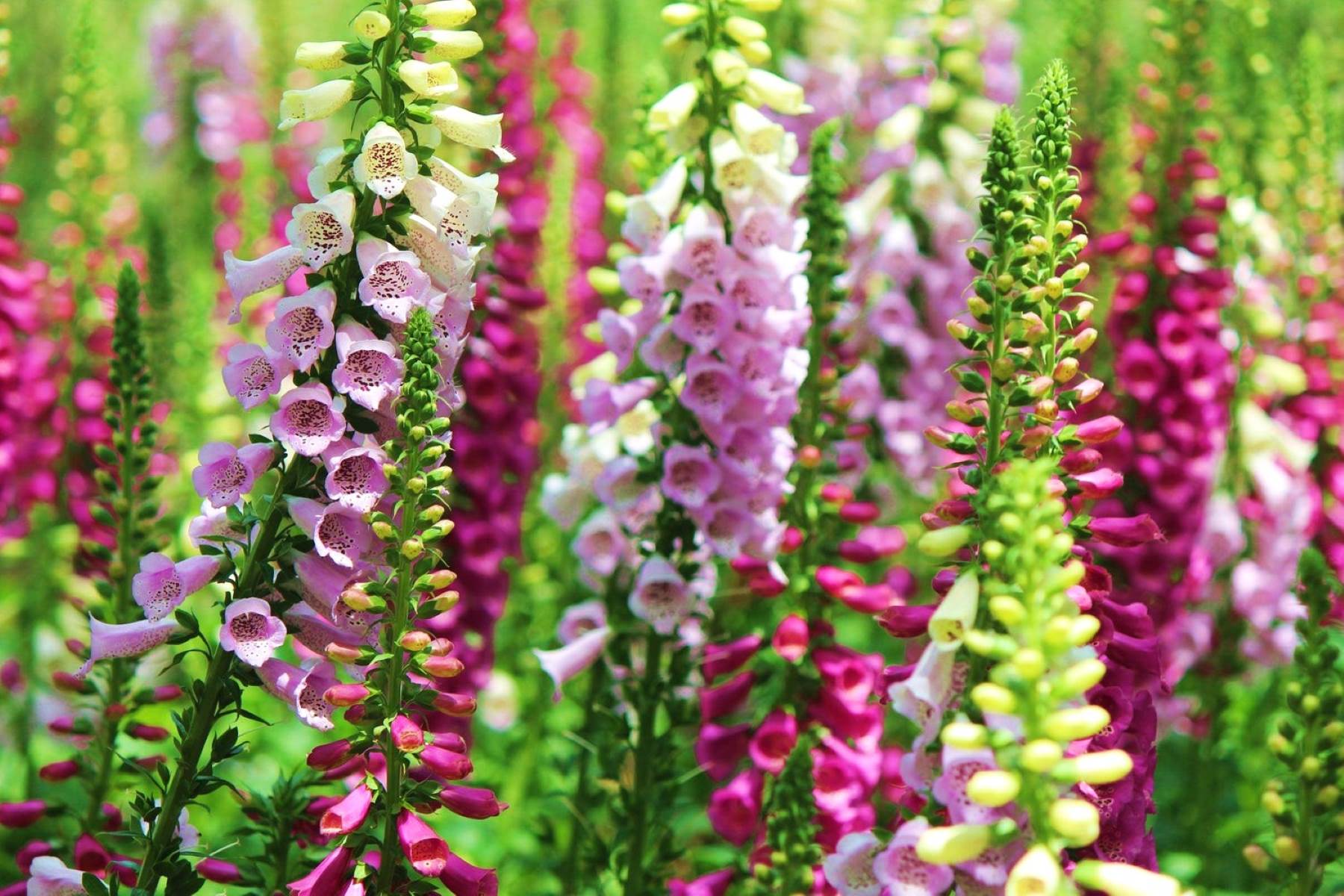
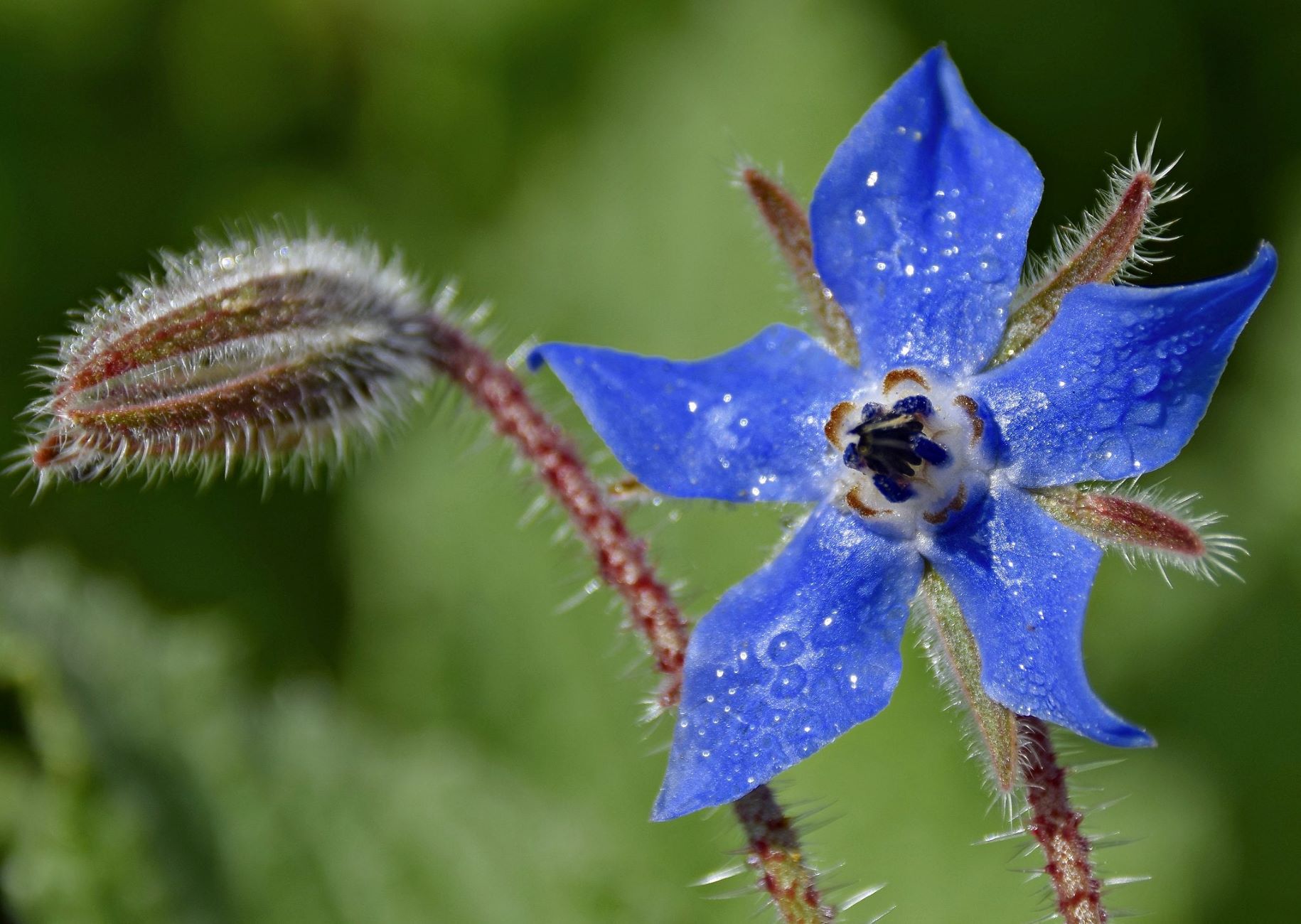
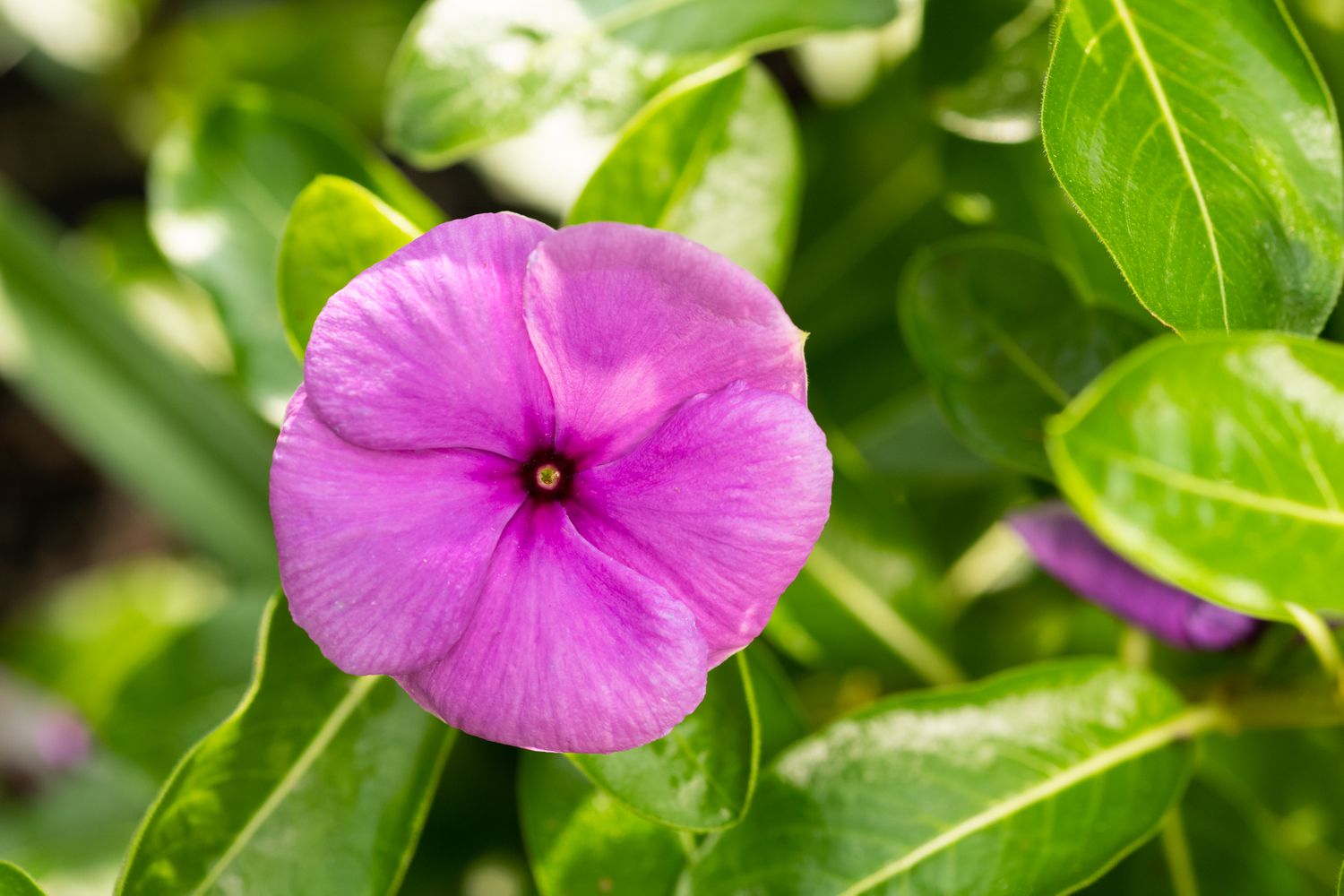
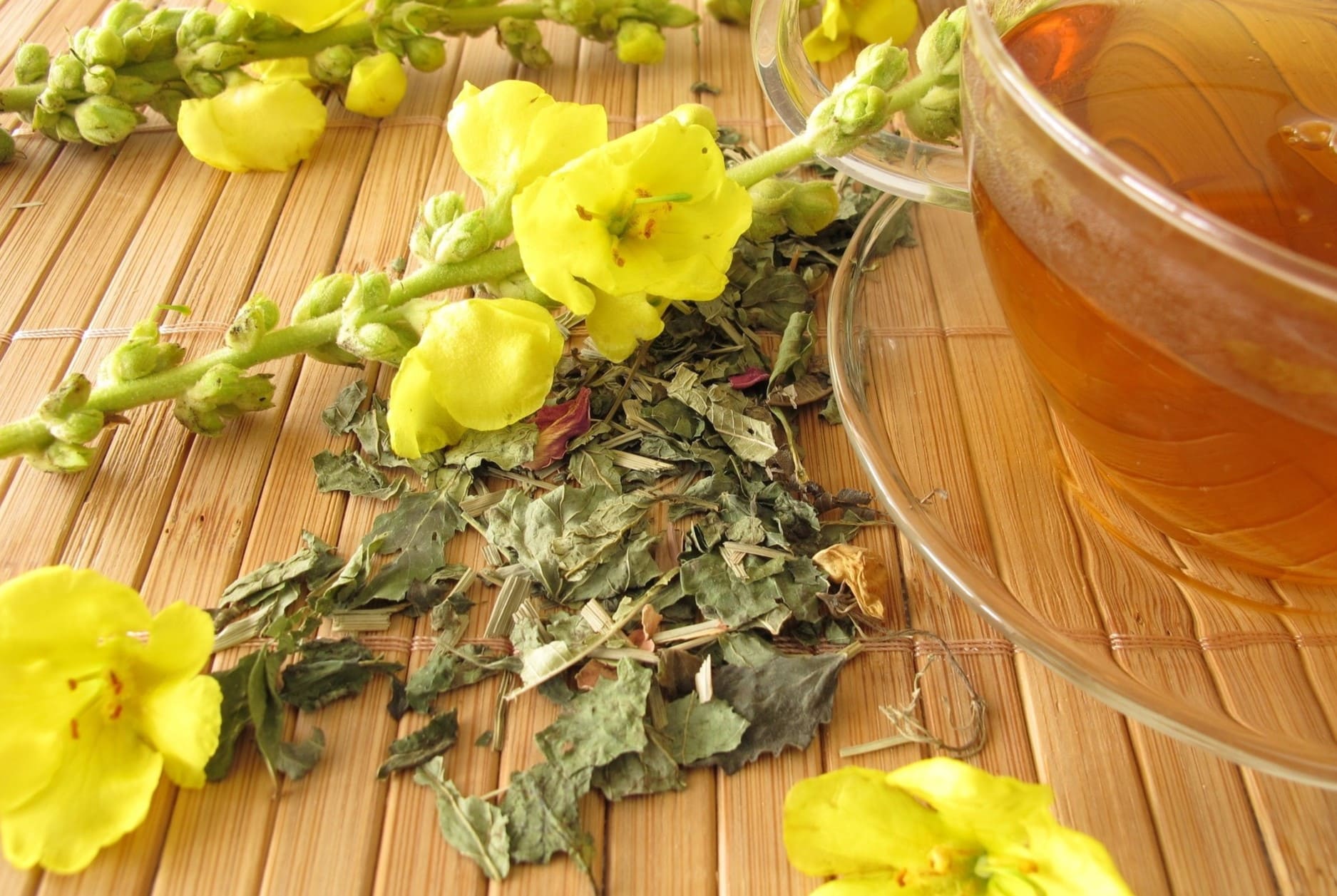

0 thoughts on “When To Plant Seed Packet”